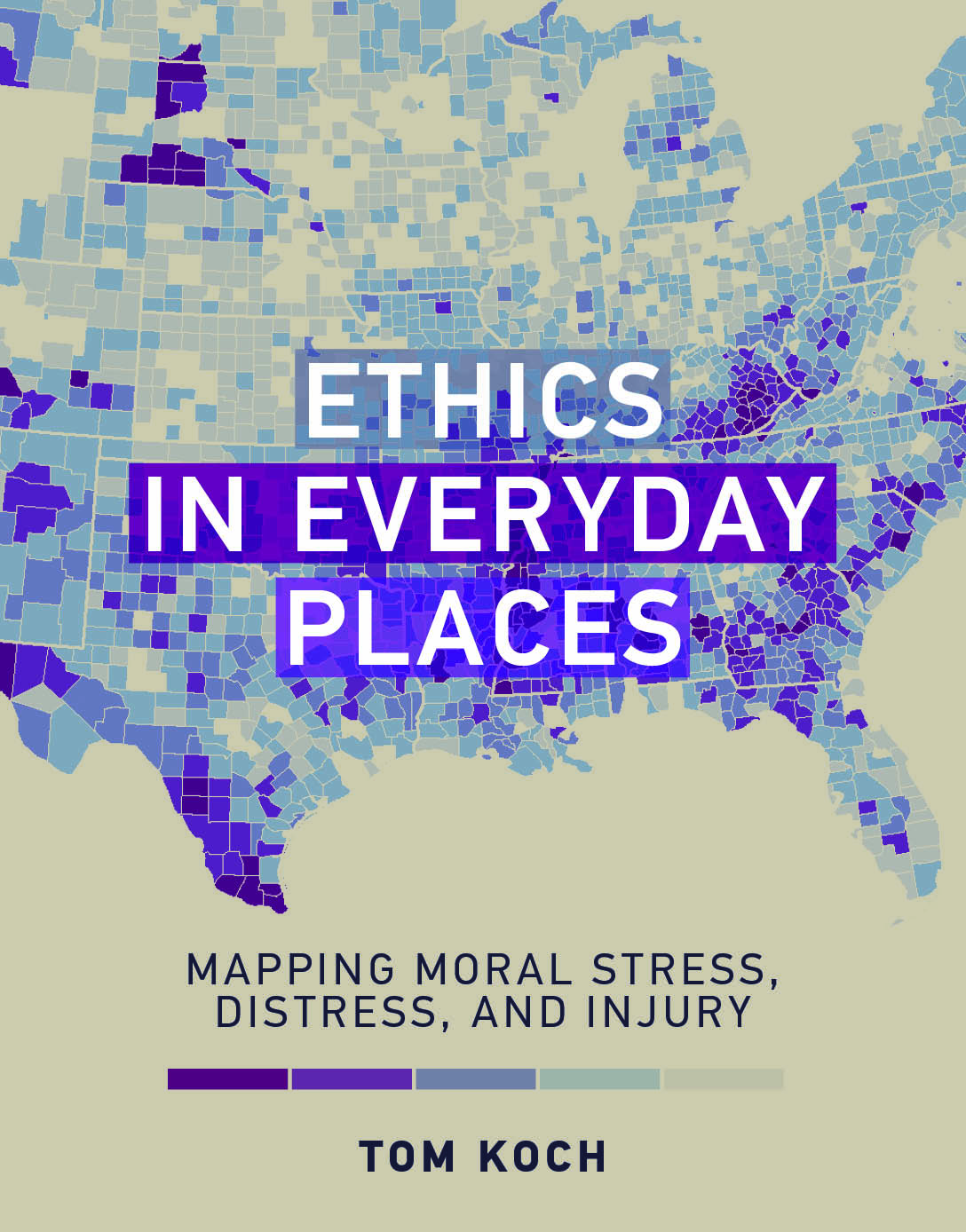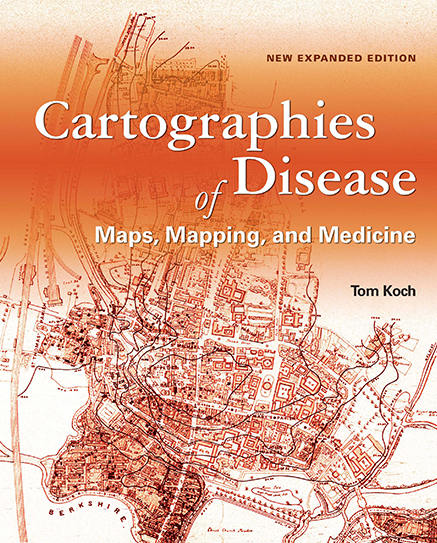Scarce Goods
Justice, Fairness and Organ Transplantation
Praeger Pub. 2001 ISBN 0-275-97433-2
A "must read" book for all interested in organ transplantation and the policies that supervise it internationally and in the USA.
 "Tom Koch has written and impressive book. Important reading for anyone interested in issues of justice in healthcare, and especially organ transplantation."
Mark G. Kuczewski, Associate Professor and Director
Neiswanger Institute for Bioethics and Health Policy
Loyola University, Chicago
"Tom Koch has written and impressive book. Important reading for anyone interested in issues of justice in healthcare, and especially organ transplantation."
Mark G. Kuczewski, Associate Professor and Director
Neiswanger Institute for Bioethics and Health Policy
Loyola University, Chicago
"Dr. Koch's Scarce Goods rethinks the debate about the distribution of organs for transplantation. His use of maps to analyze what is happening today and to examine alternative strategies reshapes and advances our thinking."
Denis Wood, Author The Power of Maps, Home Rules, Seeing Through Maps.
"For those concerned about justice and fairness in the distribution of organs for transplanting, a new book by Tom Koch is a definite "Must read".
Berkely Organs Watch News 12, 2002.
"A valuable contribution to the literature on organ transplantation and thoughtful critique of the current system."
Science and Public Policy (Summer, 2002).
Description
In 1841 the American sailing ship William Brown struck an iceberg. About half of the passengers and all of the crew were saved in two small, open boats. The next night, half of the passengers in the larger long-boat were thrown overboard because the boat was over full. This was the first case of "lifeboat ethics," of hard choices in the face of scarcity. Since then the question has been "who should die so that others, equally needy, might live?" Both the case of the William Brown and the ethics it spawned have been used in recent years to describe the problem of health care rationing generally, and organ transplantation specifically.
Koch reexamines and reinterprets the paradigm case of lifeboat ethics, the story of the William Brown, not as an unavoidable tragedy, but as an avoidable series of errors. Its relation to more general issues of distributive justice are then considered. The lessons learned from both the historical review and its application to distributive principles are then applied to the problem of graft organ distribution in the United States. Through the use of maps, the problem of organ distribution is considered at a range of scales, from the international to the urban. The contextual issues become more evident as one moves from international to hemispheric, from national to regional, and then local systems. Finally, Koch reviews the lessons in light of other problems of distribution in the face of scarcity. The central lesson-that scarcity is exacerbated where it is not in fact created by our distributive programs-is explored thoroughly. The result is "no good choices" for anyone and the continuation of the scarcity that for most seems inevitable, but, from the evidence provided, is itself an outcome of inequalities of distribution at different scales of society. Of particular interest to students, scholars, and policy makers involved with issues of planning and health care economics, medical geography, and concepts of justice.






